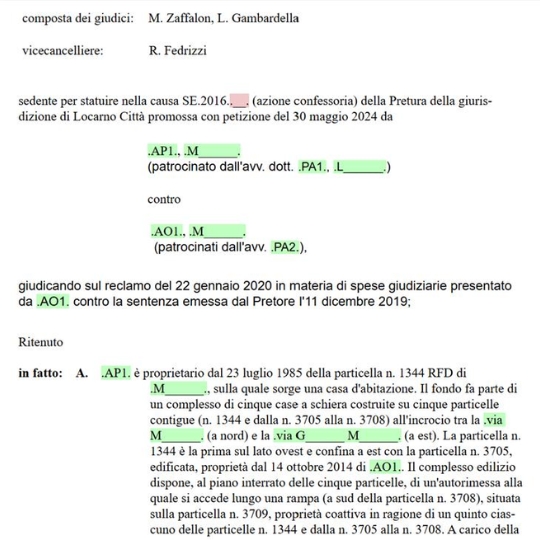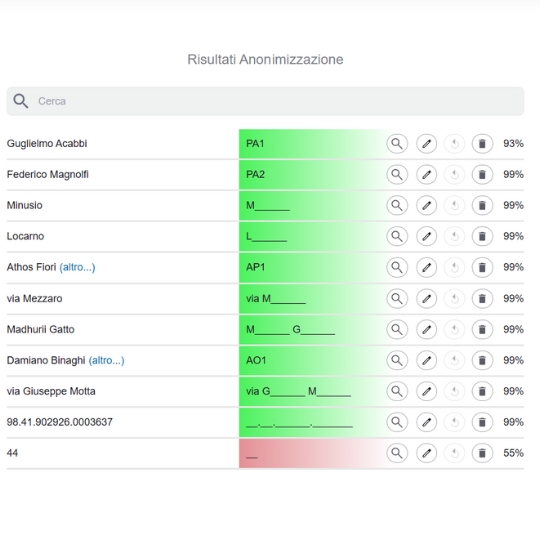
AI for Legal Anonymization: A Case Study in Public Sector Innovation
"This AI system has transformed our anonymization process, reducing manual workload by 80% while significantly improving accuracy and consistency. The system’s ability to identify sensitive information that human reviewers might miss has been invaluable in maintaining the confidentiality and integrity of our judgments.”
Challenge
Justice Departments used to rely on a fully manual process to anonymize judgments before publishing them on their website. Judicial staff had to carefully remove all sensitive information, which was especially time-consuming for lengthy judgments. This led to significant delays in the dissemination of judicial information.

The public sector in Switzerland, including justice bodies, operates within a highly regulated, multilingual, and data-sensitive environment. Institutions must ensure transparency, efficiency, and strict compliance when handling personal and legal information. This makes innovation through AI both a challenge and a powerful opportunity for modernization.

Our AI Solution
The solution is an advanced AI system designed to automatically identify and anonymize sensitive information in judgment documents.
The AI model works in two steps:
first, it detects the entities that need to be anonymized;
second, it replaces them with standardized labels, effectively categorizing each type of entity (e.g., appellant, appellee, parties, addresses etc. ).
The AI system is highly accurate, scalable, and completes the anonymization process in less than one minute. It follows judicial nomenclature and continuously improves through ongoing model retraining, ensuring it stays aligned with legal standards.
Results
This custom AI solution demonstrates how automation can dramatically improve the efficiency of anonymizing sensitive information, highlighting the valuable potential of AI in the public sector, where secure and accurate data handling is a critical need.
Concrete manual effort reduction: the solution resulted in an impressive 80% time savings for human operators compared to the fully manual anonymization process.
Overall correctly anonymized words: 94.5% across all entity types, with 100% accuracy for personal names, 97% for company names, and 99.5% for addresses and locations.
Additional anonymized words (not caught manually): 12%, demonstrating the ability to catch sensitive information that may be overlooked by human reviewers.

You may also be interested in

AbaClik: your AI-powered voice assistant for back office operations

